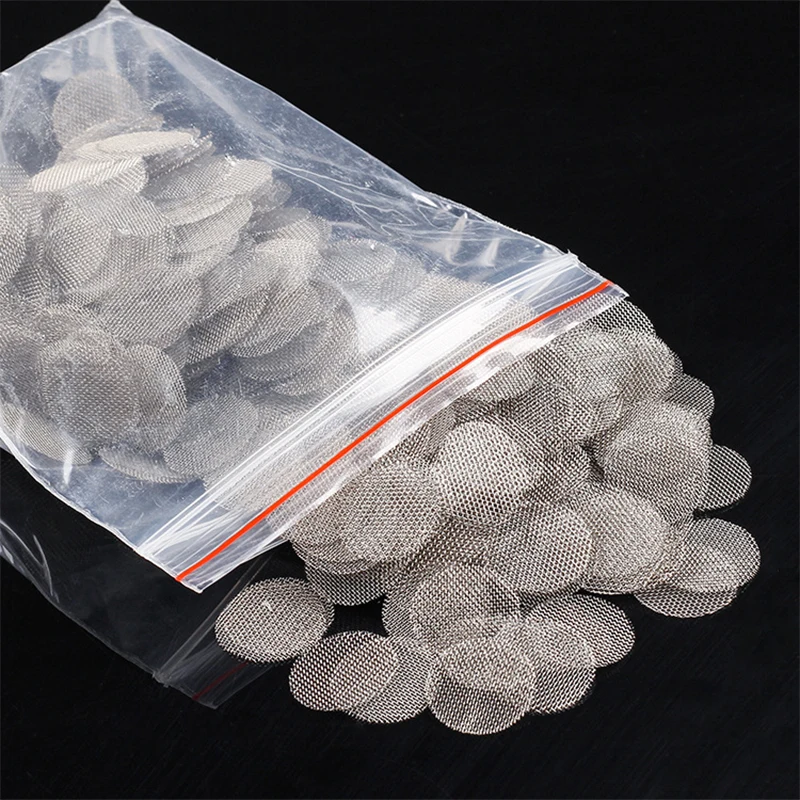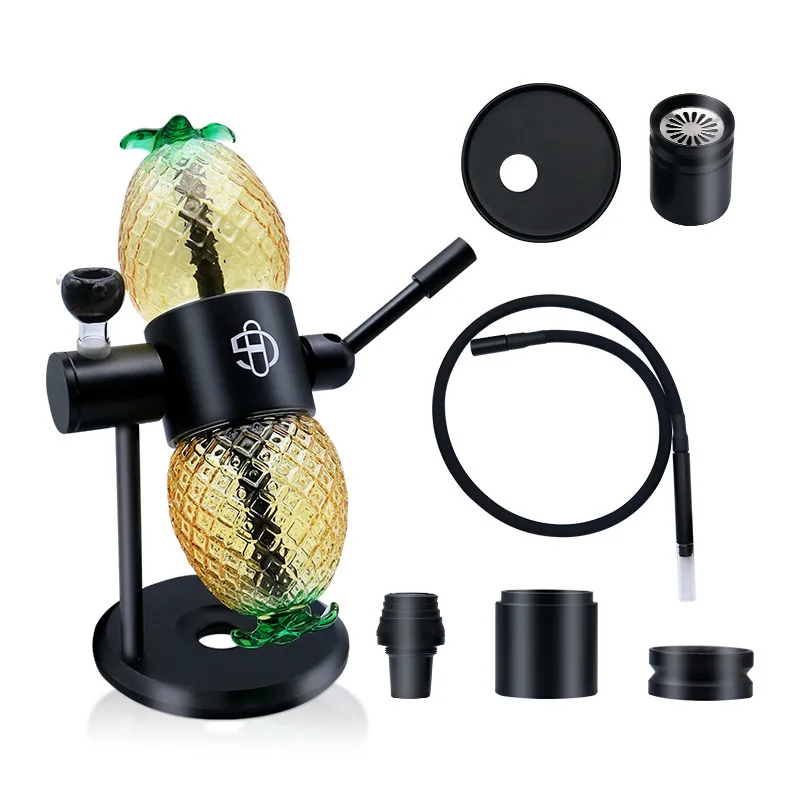We reached out to Northern California cultivators as they prepped for one of their busiest months of the year in October and the massive 2025 fall harvest.
As October begins, farmers are already deep in the home stretch. They’ve been checking resin quality, monitoring the weather, watching for pests, and hoping none of those factors ruin a season’s worth of effort. According to many, California’s cooler-than-average summer has proven great for preserving terpenes.
This has certainly been the case in Monterey County, where the production greenhouses of Kalya Extracts call home. While the weather there is generally less scorching than in the hills of the Emerald Triangle, it comes with its own set of challenges due to the persistent marine layer at sea level.
“With those higher heats, it does stress the plant and you’re able to get some good trichrome growth and good resin production. But what you gain in resin production, sometimes you lose in the small, nuanced flavors,” Kalya Extracts co-founder Marc Hammond told High Times. “You might not ever see it in dry flower. But when it comes to hash, it can mean a lot.”
Hammond explained that preparing for a harvest meant for hash is different from preparing flower for jars.
“Because all the lift and all the labor comes all at once, instead of having a drawn-out period where you’re harvesting, you’re hanging and you’re curing,” Hammond said. “This can go on for weeks to a little over a month. We’re prepping to take everything down, freeze it and get ready all at once.”
That means time is of the essence for Hammond as he and his team work to get volatile terpene profiles on ice before they degrade. He called the operation a “tight window” to not only chop but also get material ready for the last step before processing into hash within just a few days.
Still, Hammond noted that one big lift isn’t necessarily a bad thing—it just requires coordinating a lot of moving parts.
In the hills of California’s famed Gold Country, Doja Pak is preparing for the inaugural harvest on their new farm. The favorable weather has been especially important for a company so focused on unique terpene profiles.
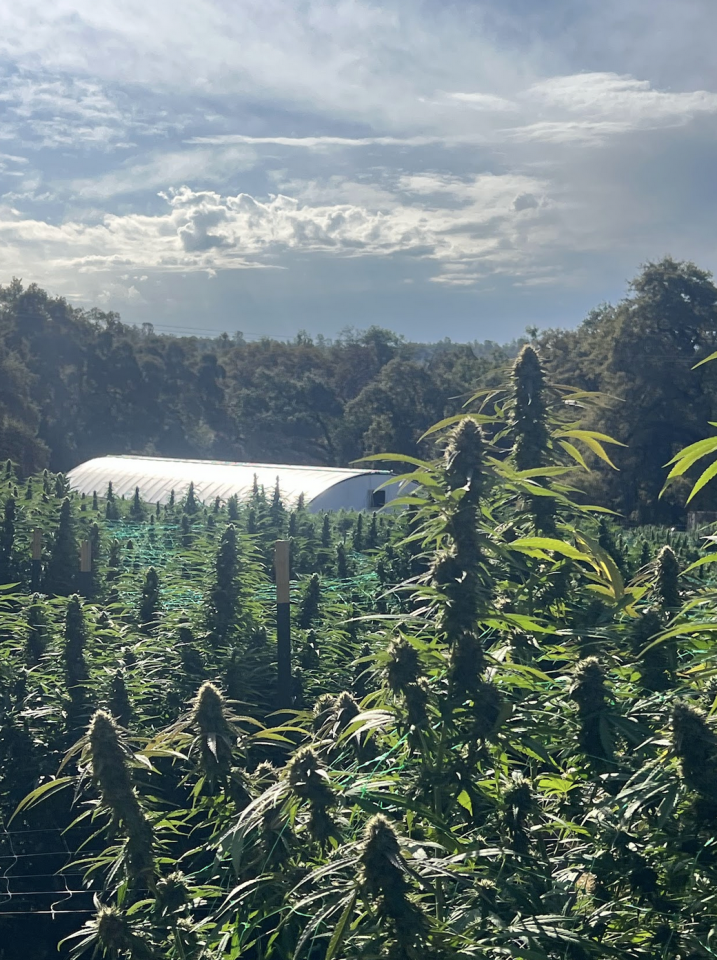
“In this market, it’s what you have to focus on,” Doja Pak founder Ryan Bartholomew told High Times, noting he felt for anyone with a field full of candy strains at the moment. “And the way that you do that is by having proprietary genetics that are focused on hash washing and other strains for flower production.”
Bartholomew said one of the biggest lessons ahead of this first harvest was learning the perils of growing Z terps. While cultivators had always told him Z can be a finicky plant, he got to see it firsthand this year. Much of the farm’s crop reached soaring heights, but the Z plants will finish chest-high.
As the harvest moves forward, the farm is also building greenhouses that will allow it to produce year-round.
Bartholomew added that Doja’s international expansion influenced his decision to launch the farm this year.
“Going around the world made me understand the fascination that people have with California cannabis, what we do,” Bartholomew said. “It really puts us in a position where we have to set the standards to go forward, be able to do these deals and be successful with them. We have to be able to implement our own standard operating procedures.”
He argued that’s the only way to control quality and consistency—whether in Northern California or abroad.
For many years, the annual fall harvest was the backbone of Humboldt County’s economy. These days, as farmers prepare for it, they’re also preparing for what comes next. For years, Jason Gellman’s award-winning genetics at Ridgeline Farms have kept him pushing through the dark times on the hill, even as many farmers gave up entirely while the price per pound collapsed.
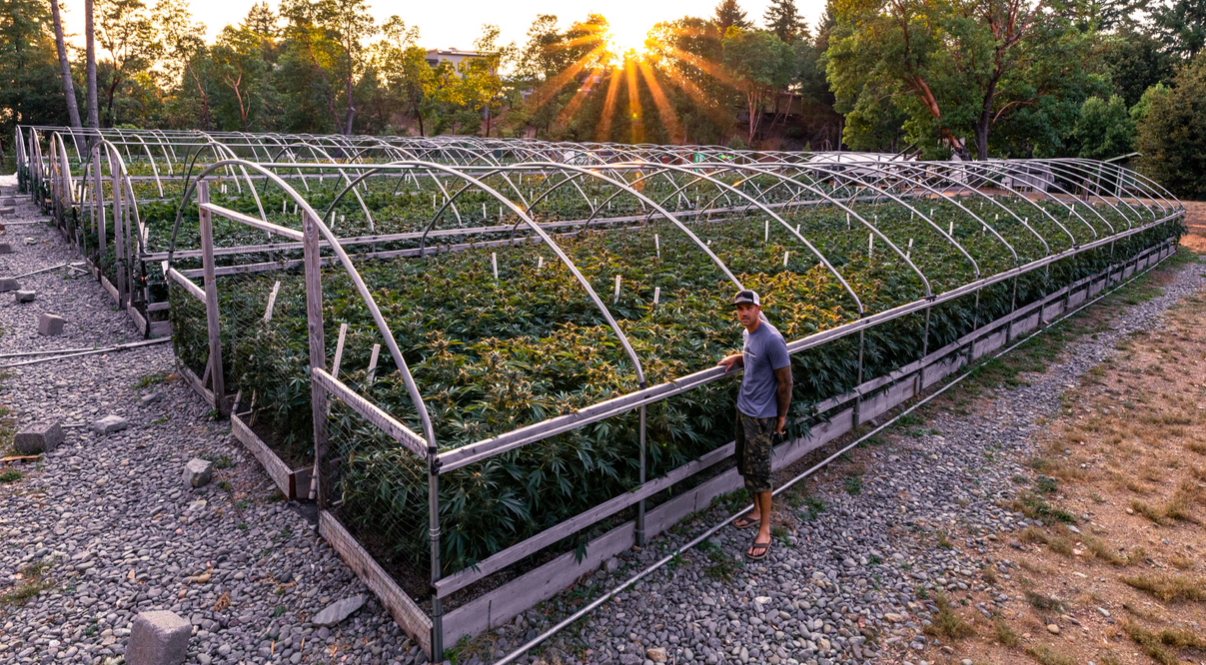
“My farm up here, I’m definitely going to shift. I’ll probably keep at least two hoops for R&D, flower, just for all my strains. Just to have some flower for jars. The rest I’m going to probably just wash,” Gellman told High Times. “It’s just time for change. It’s time for the next thing here.”
Gellman emphasized that harvest prep is about making sure the end of the plant’s life cycle goes as smoothly as possible. The weather in Humboldt has been more erratic than in other prime cultivation regions this year, with conditions swinging from 100 degrees to thunderstorms in short order.
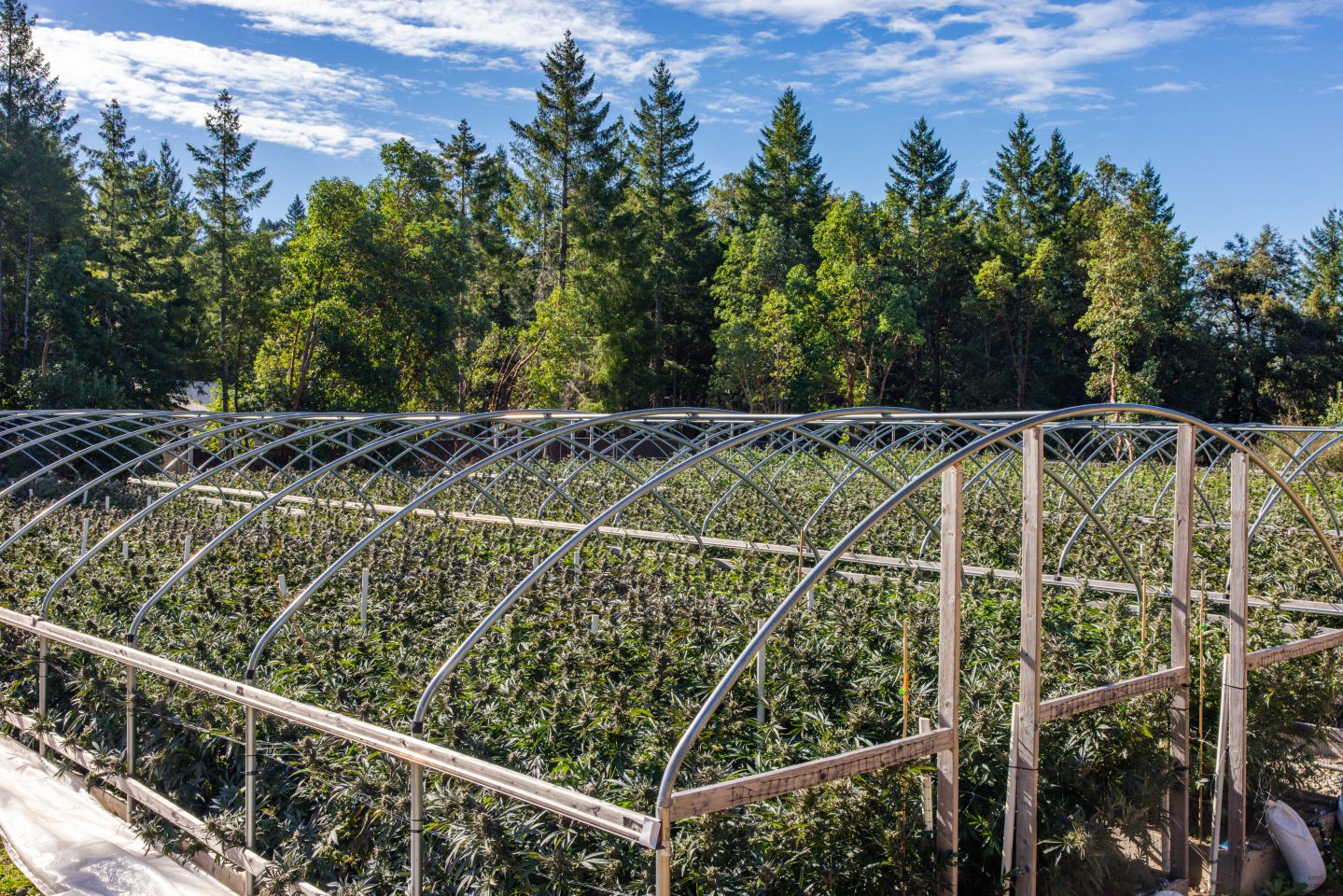
He noted how sensitive California’s lab testing is for things like mold, and how quickly humidity fluctuations can destroy a crop. “In the greenhouse, your whole crop could melt within a couple days,” Gellman said. To mitigate that risk, he’s lining up trimming services and preparing drying facilities for action.
“Growing weed is relatively easy, until weeks 7, 8, 9, and then shit gets real,” Gellman said. “Then you’re really going to deal with all the molds, the bugs and the crazy weather.”
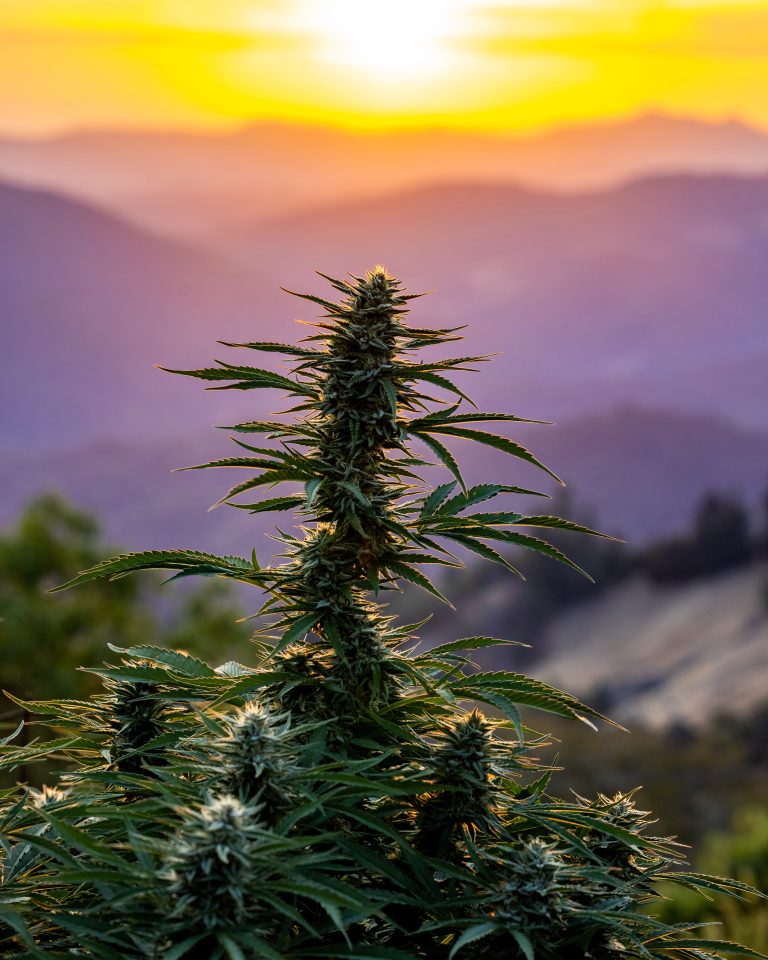
Just south of the Emerald Triangle in Wine Country, the climate has been more stable through the cool summer. Pasta Farm Co-Founder Sam Edwards, who has been growing cannabis in Sonoma County for years, is impressed with this year’s crop.
“It’s been an unusually cool summer, and yields are definitely down compared to 2024’s hot, dry season that stretched well into October,” Edwards told High Times. “The silver lining is that quality has never been better. The depth of terp profiles and overall trich density is unparalleled, compared to years past. We are beyond stoked with the quality of this year’s harvest.”
While the industry continues to struggle, there are still many great farmers around California deeply dedicated to their craft. You can expect the best of the 2025 harvest to reflect that dedication.





